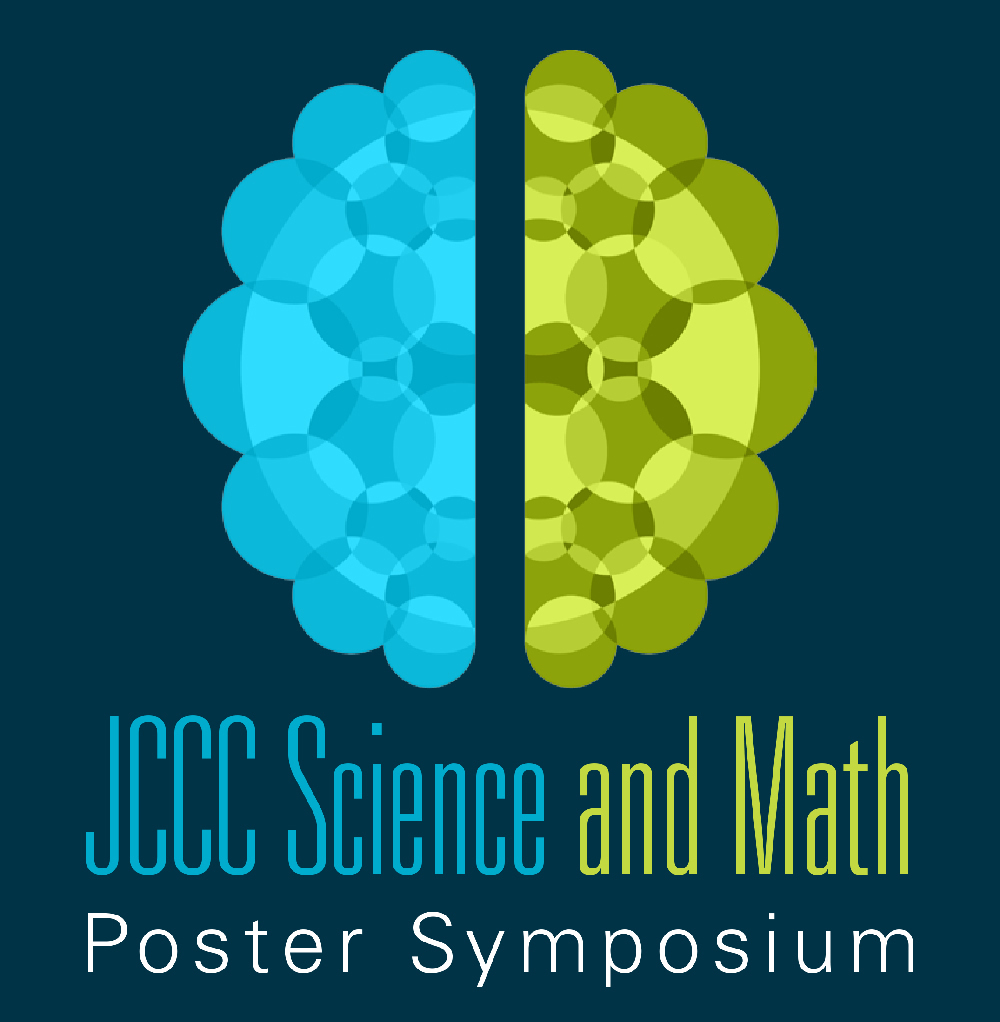Soil Antibiotic Findings
Location
CoLab
Start Date
3-5-2019 1:30 PM
End Date
3-5-2019 2:45 PM
Document Type
Poster
Description
Antibiotic resistant has become more prevalent in recent years. Scientists are searching for antibiotics in soil that work even on infections that resist the drug. This project began with performing serial dilutions. This way, the bacteria could transform into different concentrations and be converted into a way that could be tested on 50% TSA agar plates. The results from the serial dilutions showed that the higher the concentration the more bacterial growth there was. The next step was to look for colonies on the agar plates that had “zones of inhibition”, isolating themselves from other bacteria. If a bacterial colony proves to form a zone of inhibition, that means that it is antibiotic producing. The soil was tested through serial dilutions until 12 possible zones were found. Then the 12 bacterial colonies were transferred onto new plates. After that, those same 12 bacterial colonies were transferred onto new plates. These plates were each covered in a different relative ESKAPE pathogen in a “lawn of growth.” This was a way to see if the bacteria formed zones on their own, and for the ones that did, to see how many different relative ESKAPE pathogens they would form on. The tester strain plates obtained several antibiotic producing bacteria. One of the organisms from the master plate inhibited Staphylococcus epidermidis, Pseudomonas putida, and Escherichia coli. PCR and metabolic testing and sequencing will be used to identify the antibiotic producing organism that is being studied.
Image
Soil Antibiotic Findings
CoLab
Antibiotic resistant has become more prevalent in recent years. Scientists are searching for antibiotics in soil that work even on infections that resist the drug. This project began with performing serial dilutions. This way, the bacteria could transform into different concentrations and be converted into a way that could be tested on 50% TSA agar plates. The results from the serial dilutions showed that the higher the concentration the more bacterial growth there was. The next step was to look for colonies on the agar plates that had “zones of inhibition”, isolating themselves from other bacteria. If a bacterial colony proves to form a zone of inhibition, that means that it is antibiotic producing. The soil was tested through serial dilutions until 12 possible zones were found. Then the 12 bacterial colonies were transferred onto new plates. After that, those same 12 bacterial colonies were transferred onto new plates. These plates were each covered in a different relative ESKAPE pathogen in a “lawn of growth.” This was a way to see if the bacteria formed zones on their own, and for the ones that did, to see how many different relative ESKAPE pathogens they would form on. The tester strain plates obtained several antibiotic producing bacteria. One of the organisms from the master plate inhibited Staphylococcus epidermidis, Pseudomonas putida, and Escherichia coli. PCR and metabolic testing and sequencing will be used to identify the antibiotic producing organism that is being studied.


Comments
The faculty supervisor for this project was Melissa Beaty, Biology.